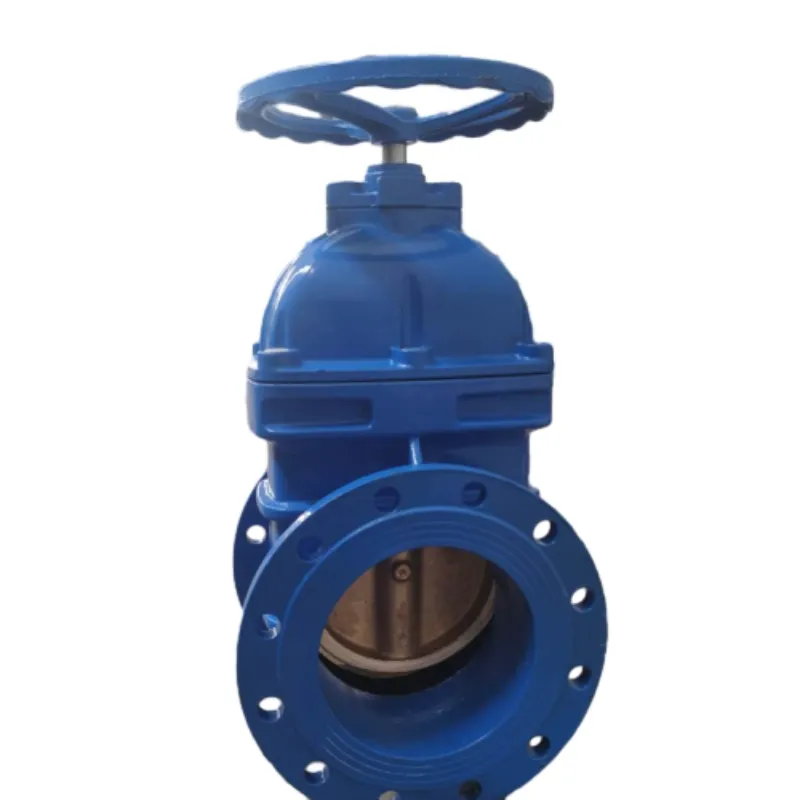Aug . 21, 2024 00:13 Back to list
Understanding Morse Taper Gauges for Precision Tool and Equipment Measurement
Understanding Morse Taper Gauges A Comprehensive Guide
Morse tapers are an essential tool in the world of machining and tool holding, widely used for mounting cutting tools and workpieces in various industrial applications. The Morse taper gauge is a critical instrument for ensuring proper fit and alignment during these processes. It plays a pivotal role in maintaining the precision and accuracy essential for high-quality production.
What is a Morse Taper?
A Morse taper is a specific type of tapered socket designed to hold tools securely in place. The taper angle is typically around 120, meaning that for every 20 units of length, the diameter decreases by one unit. This design allows for a tight fit that can be easily released by pulling apart two connected pieces. Morse tapers are denoted by numbers, ranging from 1 to 7, with each number corresponding to a specific size and taper geometry. The larger the number, the larger the taper.
The Importance of Morse Taper Gauges
The primary purpose of a Morse taper gauge is to measure the taper angle and verify the fit of tapered tools, ensuring that they can be accurately and securely mounted in their respective sockets. This is particularly crucial in applications such as drilling, milling, and lathe work, where tool stability significantly influences the quality of the machined part.
A Morse taper gauge allows machinists and technicians to quickly assess whether a tool's taper matches the specifications of a corresponding socket. This ensures optimal contact between the two parts, minimizing the risk of tool slippage or misalignment during operation.
Components of a Morse Taper Gauge
A typical Morse taper gauge consists of a set of graduated measuring rods or plates that match the profiles of various Morse taper sizes. Each rod is marked with a specific Morse taper number, enabling users to easily identify the correct size necessary for their tools and equipment. Some gauges include a feeler gauge feature, allowing for even more precise measurements by accounting for minute differences in taper geometry.
morse taper gauge

How to Use a Morse Taper Gauge
Using a Morse taper gauge is straightforward, yet it requires attention to detail for accurate measurement. Follow these steps to effectively utilize the gauge
1. Clean the Tool and Socket Before measuring, ensure that both the tool and the socket are free of debris, rust, or buildup that could affect the fit.
2. Insert the Gauge Select the appropriate Morse taper gauge that corresponds to the expected size. Gently insert it into the tool socket.
3. Check for Fit Rotate the gauge as you insert it. A good fit should have minimal play, indicating that the taper is appropriate for the socket.
4. Adjust if Necessary If the gauge does not fit snugly, it may indicate that the tool is the wrong size or that the socket has been worn or damaged.
5. Document Measurements For consistent quality control, record your findings regarding the sizes inspected and any adjustments made.
Conclusion
The Morse taper gauge is a vital tool for ensuring precision in machining processes. By allowing for accurate measurement of Morse tapers, this gauge enhances the overall efficiency and effectiveness of toolholding systems. Whether you are a seasoned machinist or a newcomer to the field, understanding the importance of Morse tapers and their associated gauges can lead to improved work quality and increased productivity in various industrial applications. Emphasizing regular checks and maintenance of these tools can play a crucial role in extending their lifespan and performance, ultimately contributing to the success of machining operations.
-
Thread Micrometer Set FeaturesNewsJul.04,2025
-
Right Angle Ruler Tool for WoodworkingNewsJul.04,2025
-
Precision Frame Level Calibration StepsNewsJul.04,2025
-
Magnetic Vee Block MaterialsNewsJul.04,2025
-
Heavy Duty Ground Anchors in MiningNewsJul.04,2025
-
Features of Welding Table Cast IronNewsJul.04,2025
Related PRODUCTS









